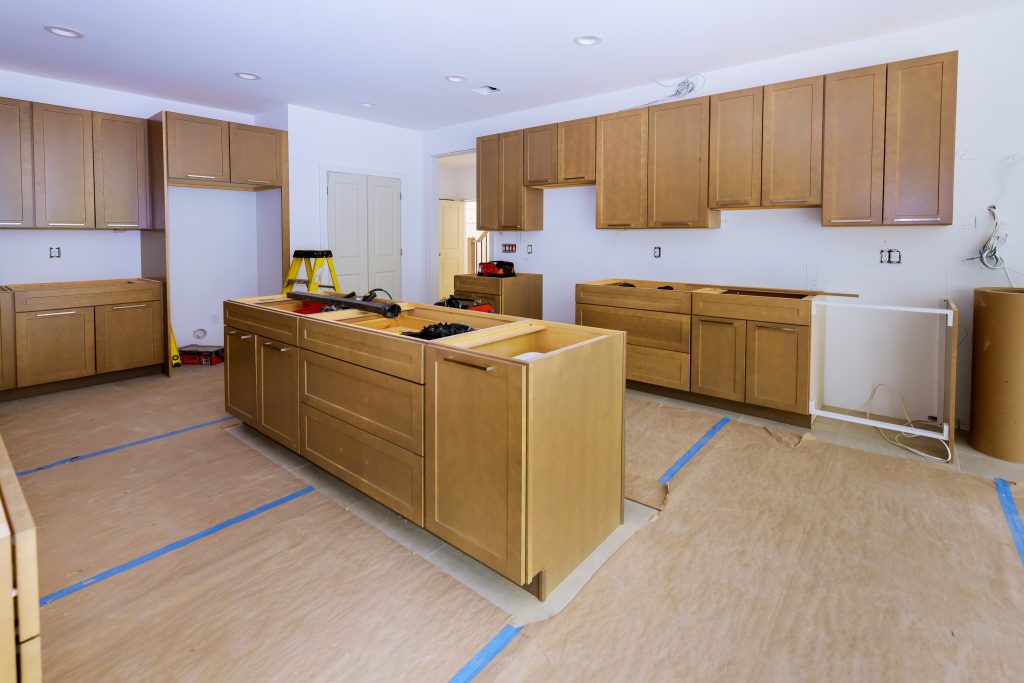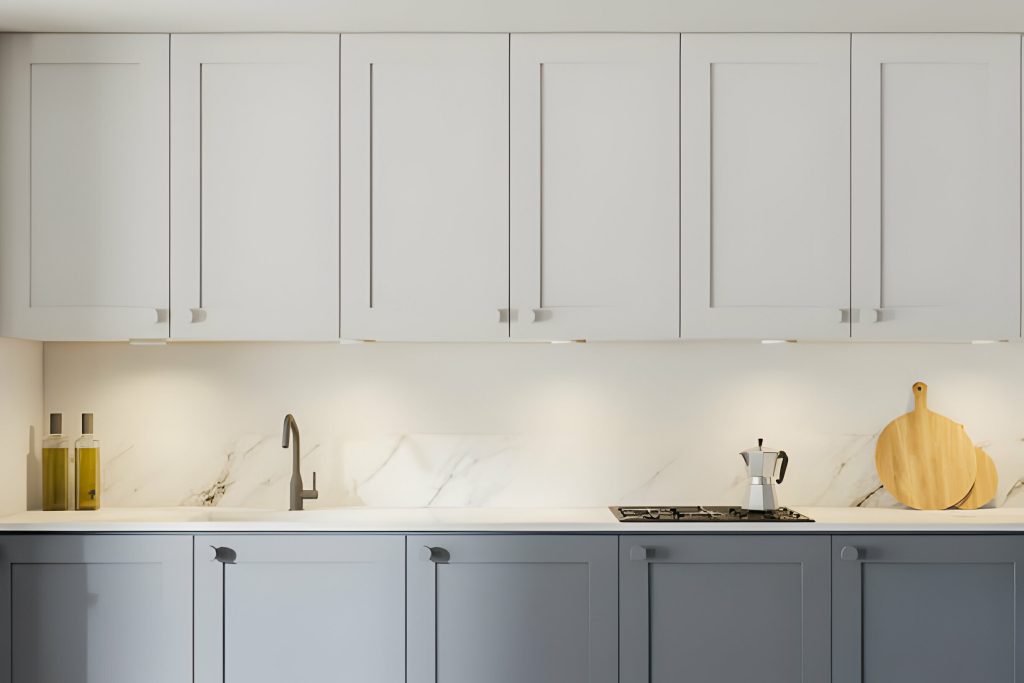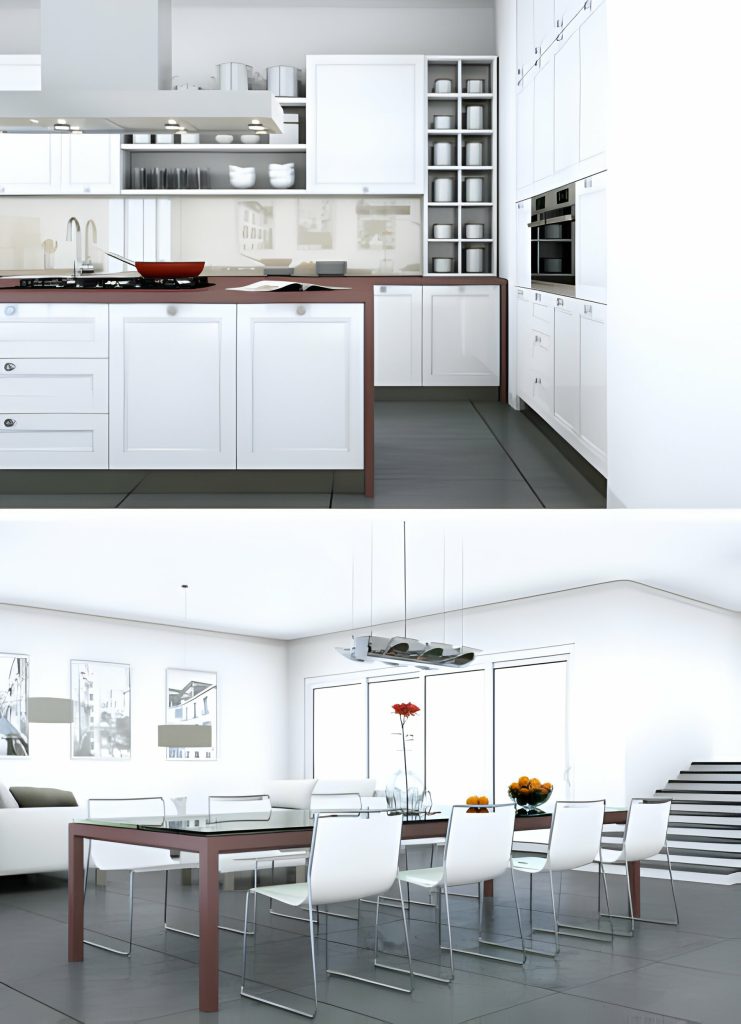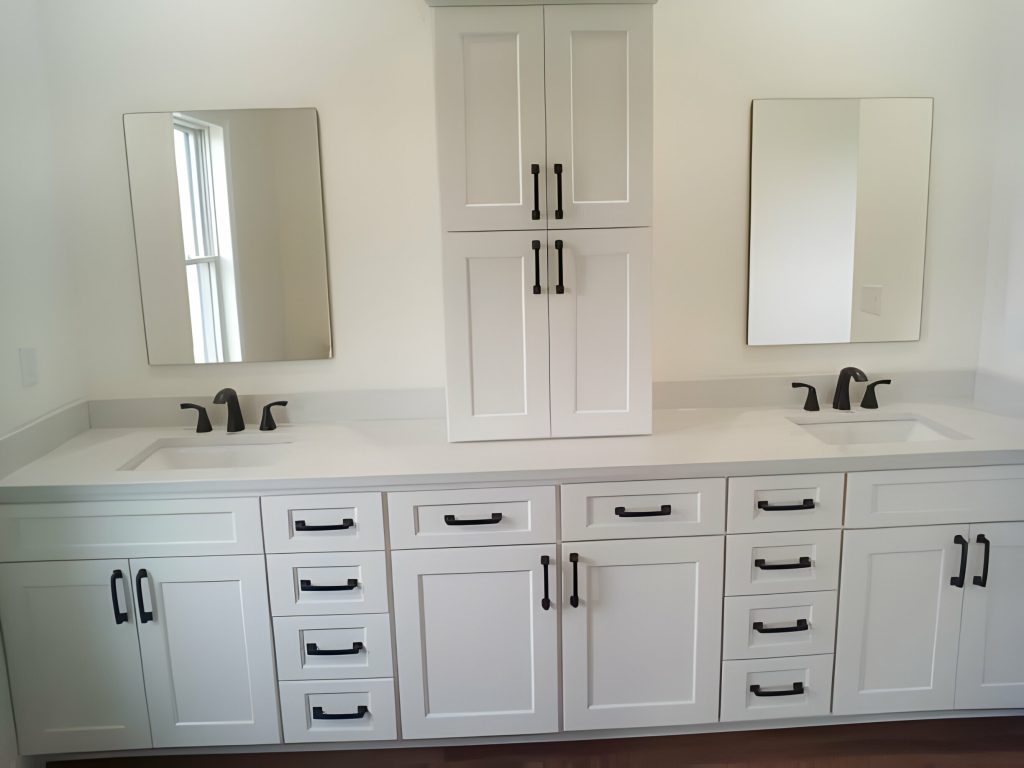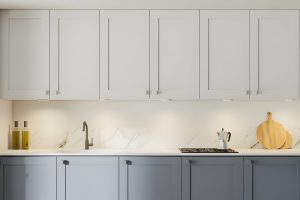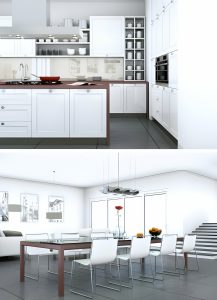Did you know that wood kitchen cabinets are a popular choice for homeowners, with nearly 60% of kitchens featuring this classic material? However, before you rush into making a decision, it’s important to consider the potential drawbacks. While wood cabinets offer warmth and beauty, they come with their fair share of disadvantages. From the high cost and maintenance requirements to the susceptibility to water damage, warping, and termite infestation, there are several factors that can make you think twice about choosing wood cabinets for your kitchen. But don’t worry, we’ll delve into each of these drawbacks in more detail and also explore alternative options that may better suit your needs. So, let’s get started and find out if wood kitchen cabinets are truly the best choice for your home.
Cost
When considering the cost of solid wood cabinets, it’s important to understand that they are generally more expensive compared to other types of cabinet materials. However, it’s also crucial to consider the long-term benefits and durability that solid wood cabinets offer. In terms of cost comparison, veneer cabinets are typically 20-30% less expensive than solid wood cabinets. This is because veneer cabinets are made using less expensive materials, with a thin layer of hardwood applied on top.
If affordability is a top priority, veneer cabinets may be a more suitable option for you. They offer a wide range of colors, grain patterns, and textures, and manufacturers have improved the quality to closely resemble the look of solid wood cabinets. Additionally, veneer cabinets can be painted, stained, or veneered to achieve various finishes, making them a cost-effective alternative.
However, it’s important to note that solid wood cabinets offer better long-term durability compared to veneer cabinets. They are incredibly durable and can withstand everyday wear and tear. Scratches or dents on solid wood cabinets can be easily sanded down and refinished, ensuring their longevity.
When considering your budget for kitchen cabinets, it’s essential to weigh the price variations and affordability options. While solid wood cabinets may be more expensive upfront, their durability and timeless aesthetic make them a worthwhile investment. On the other hand, veneer cabinets provide a more budget-friendly choice without compromising on style and functionality. Ultimately, the decision depends on your personal preferences and budget considerations.
High Maintenance
Maintaining solid wood cabinets requires diligent care and attention to ensure their longevity and preserve their beautiful appearance. Here are some important points to consider about the high maintenance of wood kitchen cabinets:
- Repairs and Refinishing: Solid wood cabinets may require occasional repairs and refinishing to address scratches, dents, or other damages. This process involves sanding down the affected area and applying a new finish to restore the cabinet’s original look.
- Durability and Strength: While solid wood cabinets are known for their durability and strength, they are not immune to wear and tear. Regular cleaning and maintenance can help prevent issues such as warping or splitting, ensuring that your cabinets remain sturdy and functional.
- Cleaning and Maintenance: Wood cabinets require regular cleaning to remove dirt, grease, and stains. It is important to use the appropriate cleaning products and techniques to avoid damaging the wood surface. Additionally, applying a protective sealant can help maintain the cabinet’s finish and protect it from moisture.
Taking proper care of your wood kitchen cabinets will contribute to their longevity and lifespan. With regular cleaning, repairs, and refinishing, you can ensure that your cabinets retain their beauty and functionality for years to come. Furthermore, solid wood cabinets offer customization options, allowing you to personalize them to fit your design preferences and create a unique look in your kitchen.
Water Damage
To protect your solid wood cabinets from water damage, it is essential to take proactive measures and implement proper maintenance techniques. Solid wood cabinets are prone to water damage if not properly cared for, and this can lead to warping and deterioration over time. However, there are prevention methods and repair options available to minimize the risk and ensure the longevity of your cabinets.
One of the most effective prevention methods is to seal your solid wood cabinets with a high-quality finish or coating. This will create a protective barrier that prevents water from seeping into the wood. Regularly inspecting your cabinets for any signs of water damage, such as discoloration or swelling, can help you catch any issues early on and address them promptly.
In the event that your solid wood cabinets do experience water damage, there are repair options available. Depending on the extent of the damage, you may need to sand down the affected area and refinish it. In more severe cases, you may need to replace the damaged section entirely.
Wood treatment products, such as wood sealants or moisture-resistant coatings, can also help enhance the moisture resistance of your cabinets. These products penetrate the wood and provide an extra layer of protection against water damage.
If you’re concerned about the susceptibility of solid wood cabinets to water damage, you may consider alternative materials that offer higher moisture resistance. Materials like laminate or thermofoil can provide a water-resistant surface that is more resistant to warping or swelling.
Termite Infestation
Protecting your solid wood cabinets from termite infestation is crucial for ensuring their longevity and maintaining the beauty of your kitchen. Termites can cause significant damage to wood, leading to costly repairs or even the need for replacement. To help you understand termite infestation and ways to prevent it, here are some important points to consider:
- Prevention methods: Implementing preventive measures such as keeping the kitchen clean and dry, sealing any cracks or openings in the cabinets, and avoiding direct contact between wood and soil can help deter termites.
- Signs of infestation: Look out for signs like discarded wings, mud tubes, or hollow-sounding wood. If you notice any of these signs, it is essential to take immediate action.
- Professional extermination: If you suspect termite infestation, it is best to hire a professional exterminator. They have the expertise and tools to effectively eliminate termites and prevent further damage.
- Termite damage: Termites can cause extensive damage to wood, including hollowing it out from the inside. This can weaken the structure of the cabinets and compromise their functionality.
- Natural remedies: Some natural remedies, such as using orange oil or neem oil, can be effective in repelling termites. However, these remedies may not provide complete eradication and are best used as preventive measures.
Warping
Warping can be a frustrating issue to deal with when it comes to solid wood cabinets in your kitchen. It occurs when the wood expands or contracts due to changes in humidity and temperature, causing the cabinet doors and frames to twist or bend. Common causes of warping include excessive moisture, improper installation, and poor quality wood. To prevent warping, it is crucial to control the humidity levels in your kitchen. Use a dehumidifier or air conditioner to maintain a consistent humidity level between 35% and 50%. Properly sealing the cabinets with a high-quality finish can also help prevent moisture absorption. Additionally, avoid placing the cabinets near direct sources of heat or moisture, such as dishwashers or stovetops. If warping does occur, refinishing options may be available to restore the appearance of the cabinets. However, prevention is always better than treatment. By following these prevention tips and implementing humidity control methods, you can minimize the risk of warping and ensure the longevity of your solid wood kitchen cabinets.
Limited Design Options
When it comes to solid wood cabinets, one potential drawback to consider is the limited design options available. While solid wood cabinets offer a timeless and beautiful aesthetic, they may not always align with the latest design trends or provide the level of customization options that some homeowners desire. Here are a few reasons why limited design options can be a disadvantage when choosing wood kitchen cabinets:
- Customization options: Solid wood cabinets may not offer the same level of customization as cabinets made from alternative materials. If you have a specific vision for your kitchen and want to incorporate unique design elements, such as intricate patterns or unconventional finishes, you may find that solid wood cabinets limit your ability to achieve your desired look.
- Alternative materials: If you’re looking for more design flexibility, you may want to consider cabinets made from alternative materials, such as laminate or veneer. These materials often offer a wider range of finishes and colors, allowing you to experiment with different styles and trends.
- Cabinet finishes: While solid wood cabinets can be stained or painted, the range of available finishes may be more limited compared to cabinets made from other materials. If you’re looking for a specific finish, such as a high-gloss or matte look, you may have more options with alternative materials.
To optimize the space in your kitchen and ensure that your cabinets meet your design needs, it’s important to carefully consider the limitations of solid wood cabinets when it comes to customization options, alternative materials, design trends, cabinet finishes, and space optimization.
Environmental Impact
Solid wood cabinets have a positive environmental impact due to their use of natural and renewable resources. By choosing solid wood cabinets, you are opting for sustainable materials that have minimal environmental impact. Wood is a renewable resource, which means it can be replenished and harvested responsibly. This makes solid wood cabinets an eco-friendly option for your kitchen.
Using renewable resources like wood promotes a greener lifestyle and reduces the demand for non-renewable materials. Additionally, solid wood cabinets can be recycled or repurposed at the end of their lifespan, further minimizing their environmental footprint.
When compared to cabinets made from petroleum-based products, solid wood cabinets are a much greener choice. They do not release harmful chemicals into the environment during production or when in use, making them a safer option for your kitchen.
To further enhance the eco-friendliness of your solid wood cabinets, you can opt for reclaimed wood or lyptus cabinets. Reclaimed wood cabinets are made from salvaged wood, reducing the need for harvesting new trees. Lyptus cabinets are made from a fast-growing species of eucalyptus tree that regenerates quickly, making it a sustainable choice.
